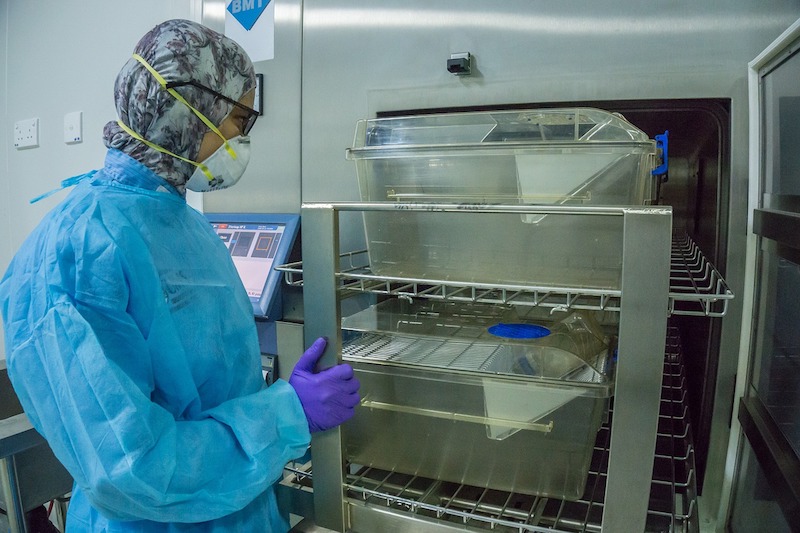It is often necessary to use sterilized equipment in a variety of workplaces, like hospitals, tattoo shops, parlours and even barbershops. Sterilizing has been made easy with the invention of Autoclaves. They are evident in any hygienic shop involving equipment that comes in contact with the human body. Autoclaves prevent the tools from causing infections by keeping them germ-free. These are becoming popular with increased consciousness about hygiene.

What is an Autoclave?
An Autoclave is nothing but a pressure chamber, created in order to sterilize equipment and supplies. Autoclave exposes the equipment to steam of extremely high temperatures around 270 degrees Fahrenheit or 132 degrees Celsius, for 20 to 25 minutes., depending on the size or amount of equipment put in the chamber.
High-temperature steam is able to kill the germs which are normally not removed by soaps, detergents or boiling water.
Autoclaves are able to store the high-temperature steam inside it by virtue of its shape and temperature resistance. Generally, it is seen that the Autoclave chambers are cylindrical in shape, because of the ability of cylinders to handle very high pressure and make it possible for the steam to efficiently penetrate each equipment and make the sterilization process up to the mark. To avoid high pressure, build up inside the chamber, Autoclaves are accompanied by a safety valve.
Now, all you need to do is a bit of research to find yourself a good piece that suits your requirements, based on the amount and type of equipment you want to sterilize. In order to choose the best autoclaves, you must go through the best autoclave reviews.
How Does an Autoclave Work?
When you talk about an Autoclave, you must remember that provided whatever size they may be, the working principle is the same for all of them. It is a bit similar to the pressure cookers that we use in the kitchen.
The doors are locked first, in order to prevent the steam from escaping. This phenomenon allows pressure to build up inside the chamber, as all the air within it gets slowly replaced by steam. This is followed by a gradual rise in the temperature inside the Autoclave. This high temperature starts to penetrate the equipment and slowly removes the unwanted infectious particles from them. The time of sterilization depends on the number and type of tools put inside the Autoclave.
This is a general look out of the process. Now, talking about the phases involved, there exist basically three stages, that has been discussed hereafter.
The Purge Phase
This phase marks the beginning of the sterilization process. In this phase, the steam starts flowing into the Autoclave chamber and replaces the air inside it, causing the temperature and the pressure to increase to a continuous flow purge linearly.
The Sterilization Phase
This is the second phase. This is when the sterilization is triggered. In this period, the exhaust valve is closed. And the temperature is allowed to flow up to the required level. The Autoclave is programmed in a way to maintain this temperature until the specified time is reached.
The Exhaust Phase
The last phase. This is when the exhaust valve is opened, and the pressure is allowed to get released. The Autoclave chamber gradually gets back to its ambient temperature. But the contents inside it remain hot for quite a bit of time.
It is definitely important to keep the equipment that comes in deep contact with human bodies, sterilized. It is also desired that you be familiar with the process so that nothing can convince you to think that it is complex and provides you with no excuse to compromise on hygiene. With each passing day, technology improves, and devices like Autoclaves are upgraded to make it more user-friendly and convenient. So it is a serious suggestion to keep your tools sterilized to avoid any infections.
Read More:
Top 5 tips for disinfecting drinking water
What benefits you can get from dust collection system?
Reasons to remove dangerous asbestos from residential and commercial buildings
How to keep a toxin free and healthy environment in your home

